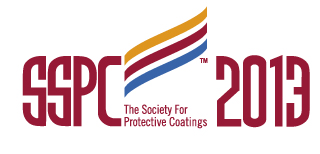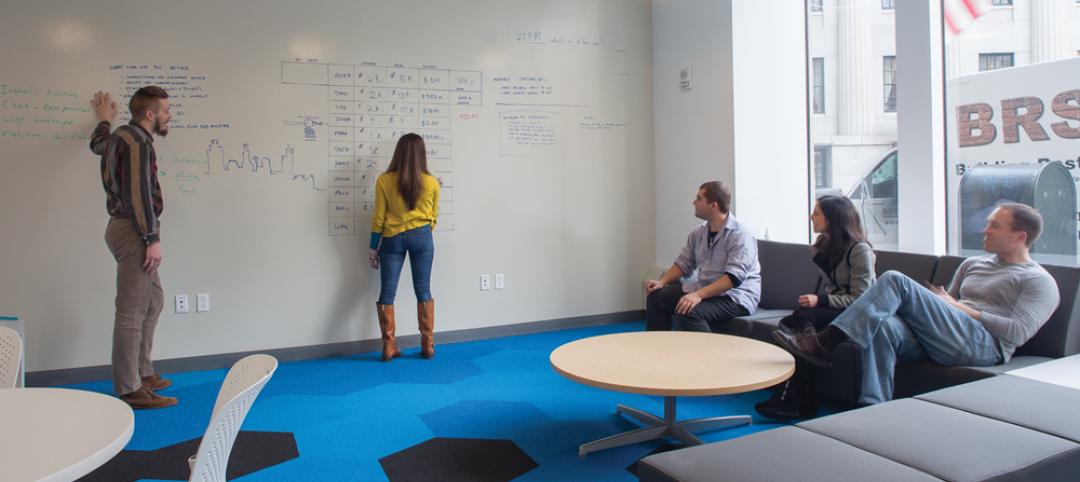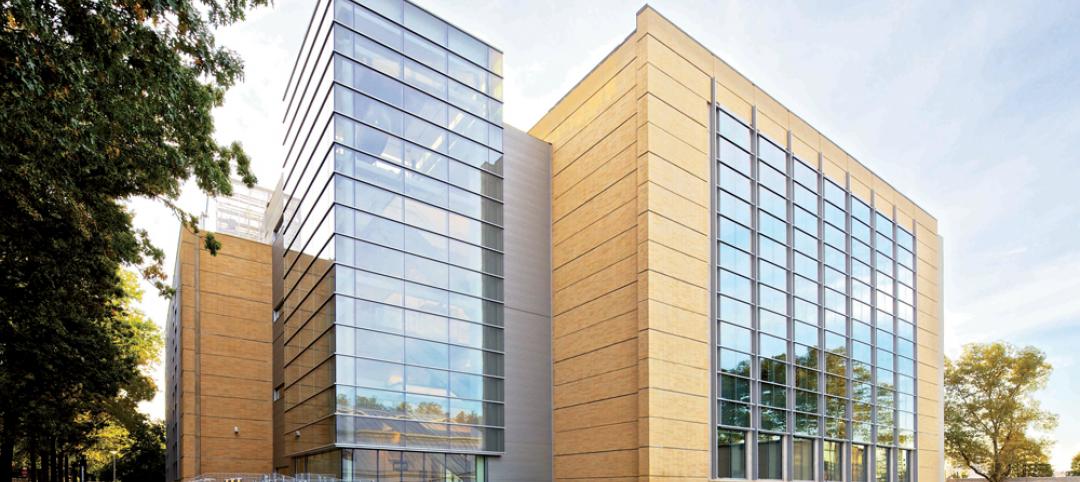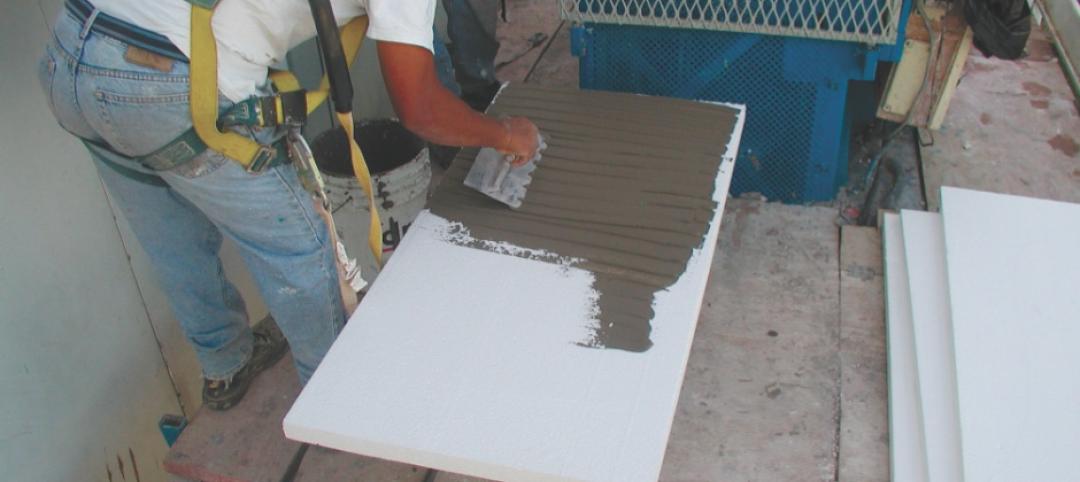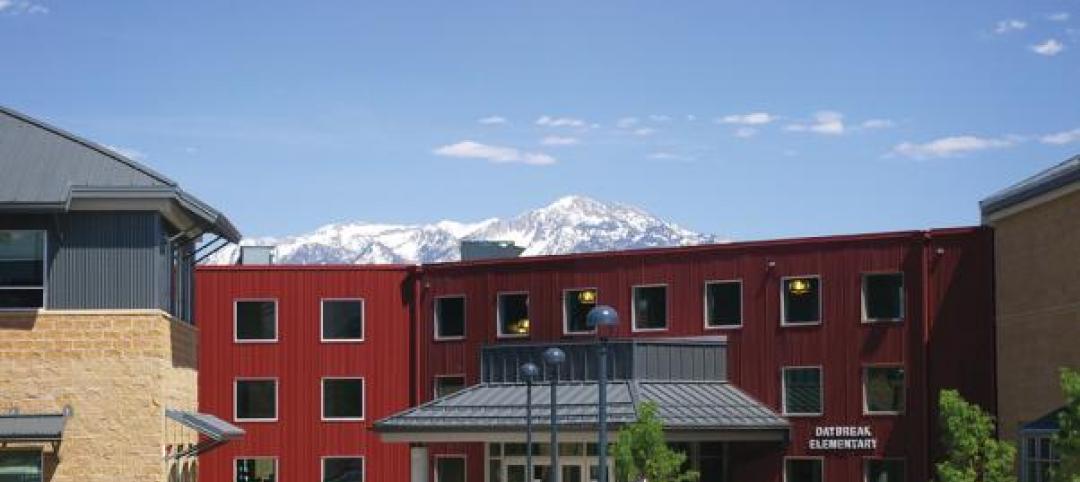Historically, high-performance industrial coatings were used to protect large-scale infrastructure. The coatings safeguarded elements, such as bridges and industrial concrete floors, from corrosion, abrasion, and chemicals. Now the architectural coatings market is demanding more sustainable architectural coatings with the durability and protection properties of proven industrial coatings.
Organizations such as the Master Painters Institute (MPI) and the Society for Protective Coatings (SSPC) are developing standards specifically designed to drive greater performance in commercial architectural coatings that also satisfy the different needs of this market.
Steven Reinstadtler, construction marketing manager for coatings at Bayer MaterialScience LLC, discussed the migration of industrial coatings into the architectural coatings sector when he recently presented “The Sustainable Movement of High-Performance Industrial Maintenance Coatings into Architectural Markets” at SSPC 2013.
Sustainability for the architectural coatings value chain means higher durability and solids, longer time between maintenance cycles, waterborne systems with fewer volatile organic compounds (VOC) and solvents, and lower odor. Good aesthetics are just as important. Decision makers in this market drive sustainability in the built environment, said Reinstadtler.
The resulting next-generation coatings perform with the expected durability, scrubbability, and chemical resistance possessed by industrial coatings, while also fulfilling additional architectural coatings requirements of color retention, low VOCs and odor, low sheen, and a fast return-to-service time. Several application areas have experienced a successful migration of industrial coatings into the architectural coatings market. Reinstadtler detailed their successful use in flooring, interior and exterior wall, and graffiti-resistant applications. As technologies and formulations continue to improve, industrial coatings will be further incorporated into the architectural coatings market, according to Reinstadtler.
“Industrial coatings manufacturers are developing tailored products to enhance existing industrial coatings,” he said. “This helps to address applicators’ desires to use high-performance industrial coatings in the commercial architectural coatings market.” +
Related Stories
| Jun 11, 2014
Koolhaas’ OMA teams with chemical company to study link between color and economy
Dutch company AkzoNobel is partnering with Rem Koolhaas' firm OMA to study how the application of colorful paints and coatings can affect a city's economic development.
| May 15, 2014
Paints, coatings, and sealants: 10 new ways to seal the deal
Color-shifting finishes, dry-erase surfaces, and stain-blocking paints are highlighted in this round up of new offerings in paints, coatings, sealants, and finishes.
| Apr 1, 2014
Paints, coatings and sealants: Choosing products and procedures for best performance
This course covers life cycle assessment, color selection, emissions, durability, resilience, corrosion resistance, specification standards, and other critical aspects of choosing coatings for interior and exterior walls, ceilings, and roofs.
Sponsored | | Mar 21, 2014
Kameleon Color paint creates color-changing, iridescent exterior for Exploration Tower at Port Canaveral
Linetec finishes Firestone’s UNA-CLAD panels, achieving a one-of-a-kind, dynamic appearance with the first use of Valspar’s new Kameleon Color
| Mar 20, 2014
Common EIFS failures, and how to prevent them
Poor workmanship, impact damage, building movement, and incompatible or unsound substrate are among the major culprits of EIFS problems.
| Mar 4, 2014
How EIFS came to America
Design experts from Hoffmann Architects offer a brief history of exterior insulation and finish systems in the U.S.
| Feb 19, 2014
AIA class: The ABCs of IMPs – How to design and build with insulated metal panels
This AIA/CES class offers insight in areas including policies and codes surrounding insulated metal panels, contributions from LEED and tax credits, energy modeling, and business development opportunities available with IMPs. Take this course and earn 1.0 AIA LU/HSW/SD.
| Jan 7, 2014
Concrete solutions: 9 innovations for a construction essential
BD+C editors offer a roundup of new products and case studies that represent the latest breakthroughs in concrete technology.
| Dec 10, 2013
16 great solutions for architects, engineers, and contractors
From a crowd-funded smart shovel to a why-didn’t-someone-do-this-sooner scheme for managing traffic in public restrooms, these ideas are noteworthy for creative problem-solving. Here are some of the most intriguing innovations the BD+C community has brought to our attention this year.
| May 14, 2013
Paints and coatings: The latest trends in sustainability
When it comes to durability, a 50-year building design ideally should include 50-year coatings. Many building products consume substantial amounts of energy, water, and petrochemicals during manufacture, but they can make up for it in the operations phase. The same should be expected from architectural coatings.


